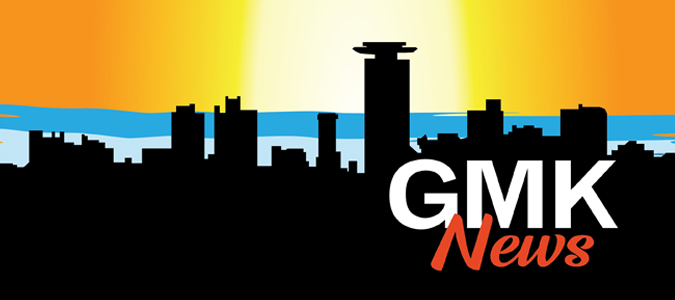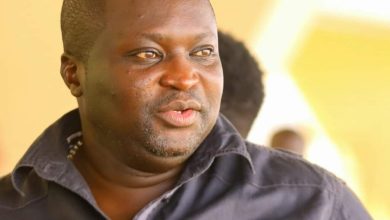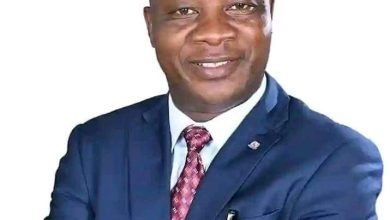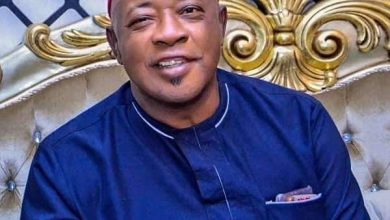Maragolis to become the 66th Tribe of Uganda.
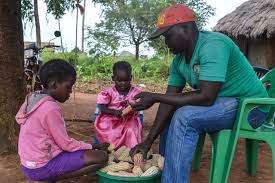
The maragolis who are found in Vihiga county of the former western province form an intergral part of the luhya tribe in Kenya.
In Uganda, there are over 25000 Maragolis who are now at the verge of recognition as the 66th tribe of Uganda.
But how did the Maragolis find their way in Uganda?
Majority of Maragoli are found in Kiryandongo District and basically occupy at least a parish comprised of two to three villages.
Some are scattered within Kigumba, the main town council for Kiryandongo District.
According to MRG, Maragoli have lived in Uganda for more than a century and until recently they had experienced few serious problems either with the communities they settled in or with the government. Although they were absent from the national schedule in the 1995 Constitution and the amended schedule in the 2005 constitutional amendment that list the tribes of Uganda, they continued to enjoy the same rights as other citizens
In 2017, NIRA held onto 15,000 national identity cards of members of the Maragoli on grounds that they are not a recognised tribe in Uganda.
In August 2020, the outgoing Kibanda South MP in Kiryandongo District Jack Odur Lutanywa tabled before Parliament a private member Constitutional Amendment Bill No 20, 2020, seeking the recognition of the Maragoli as one of the indigenous tribes in Uganda.
The objective of the Bill is to amend the Third Schedule of the Constitution to include the Maragoli, who settled in Uganda in the 18th Century, as one of Uganda’s indigenous communities as at February 1, 1926.


The Third Schedule to the Constitution provides a list of 65 indigenous communities whose members qualify for citizenship by birth because such communities were living in Uganda as of February 1, 1926.
Lutanywa argued that since the Maragoli were in the country before February 1926 when Uganda was created, they deserve to be recognised as indigenous.
He noted that the Maragoli people have since the 1990s sought for the inclusion in the Constitution through petitions to Parliament, ministers, different department ministries and President Museveni, all in vain.
“Of recent our biggest challenge has been the lack of national identity cards. Without an identity card, you cannot get treatment at a government hospital, your children cannot benefit from free education, you cannot apply for a passport or driving permit. You cannot stand for any political leadership position; open a bank account and SIM card registration. This is because we are not recognised in the Constitution as a tribe,” Mr Aggrey Anyamba, a 56-year-old primary school teacher said.
“Our children have not been able to further their education in higher institutions of learning because our tribe is not recognised. We have no future. In case you have a piece of land you can’t lease it,”Anyamba adds.
Jacob Kato, a 43-year-old farmer, says: “We cannot start businesses here because we do not have national identity cards. This means we also can’t access credit from financial institution.”
Edisa Namaji, 50, says the Marogoli suffer various forms of discrimination including being abandoned by their husbands of other tribes.
“When a Murogoli woman gets married to a man outside her tribe she is not worthy of a wife. Men from different tribes always abandon us. For instance,my Acholi husband left me and I am now suffering with our children. He married his tribemate in Gulu District,” the mother of five laments.
She adds: “I cannot register my children for national identity cards because I am not recognised. If I am recognised in the Constitution I will then have a voice to talk about my aspirations and challenges.”
Government has announced plans to establish a constitutional review commission to, among others, address objectives set out in three private members’ Bills aimed at altering governance of the Central Bank, recognise the Maragoli community and ensure equitable distribution of employment opportunities.
The government had set a timeframe for establishing the commission before the end of the 10th Parliament in May 2021. According to MRG, the origins of the Maragoli people in Uganda are not recorded in detail in historical sources.
Did Maragolis come from Ethiopia or Saudi Arabia?
MRG(Minority Rights Group) says the Maragoli may have come from Ethiopia through southern Sudan to the southern part of West Nile and Bunyoro sub-regions.
But Mr Christopher Kagunza, the chairman of the Maragoli Community Association, says: “We migrated from Saudi Arabia in the 18th Century and some of us settled in Hoima while others went to Masindi, Kigumba and Bugiri. The last group settled in western Kenya.”
Mr Kagunza adds that in 1903, some of the skilled Maragoli in Kenya were recruited to work on the Uganda Railway and thereafter settled in Kigumba.
“In the 1920s, the British Colonial Government under its Uganda Development Plan signed an agreement with Bunyoro Kitara Kingdom to settle the Maragoli people from Kenya in Bunyoro. This was after Omukama (King) Sir Tito Winyi IV Gafabusa of Bunyoro Kitara (1924 – 1967) had seen our agricultural productive potential. He had identified the Maragoli people as good farmers of maize, cotton, beans, cassava and millet in his kingdom,” Kagunza explains.
Mr Moses Sagwa, the 50-year-old farmer and pastor, says the 1920s group came with the Bible and spread the gospel in the region.
“Many of us are Pentecostals and farmers in this region. We were accepted here because of our good neighbourliness and brotherhood,” Sagwa says.
Mr Anyamba says the Maragoli community has played a big role in agriculture which has eventually led to the development and growth of towns like Kigumba.
“We have participated in the social-economic development of the country like paying taxes and other national activities,” he says.
However, Mr Anyamba reveals that because of stigmatisation and marginalization some of their people, especially the youth don’t want to be identified as Maragoli.
“Three of my daughters were forced to adopt Kinyoro names in order to join primary school. Being recognised by the Constitution will liberate. No body will underrating the Maragoli because we shall all be equal in the Constitution. We shall be free of any form of intimidation and access all national services,” Kagunza said.
On his part Sagwa, says, “Our children will be able to access education and bursaries. We shall be able to lease our land and stand for any political leadership positions in the country.”
Cultural practices
The Maragoli, who speak a language known as Lulogooli, initially practiced polygamy and widow inheritance but this has since changed.
Maragoli elder Luka Mudolya, says: “We have been practicing polygamy and wife inheritance but the HIV/Aids scourge coupled with the current high cost of living has limited these practices in many ways.”
The secretary of the Maragoli Community Association, Mr David Ndoli, says his community still practices male circumcision known as kekebo in Lugoli.
“We still carry out male circumcision and that ritual is our key cultural practice which is accompanied by dance and other events. We don’t marry goats but with cows. We have a very rich culture,” he boasts.
On the issue of recognizing the Maragoli in the Constitution, the Kampala-based Africa regional manager, MRG Africa, Ms. Agnes Kabajuni, says recognition will help Maragoli claim their cultural identity and improve their self-esteem.
Although Uganda has 21 ethnic minorities with a population of three million, the Cross-Cultural Foundation of Uganda (CCFU) observes that they hardly feature in any national political or cultural discourses.
“Uganda is a diverse nation, in terms of ethnicity, religion, political affiliation and other ways too. Our Constitution recognises the existence of 65 ‘indigenous communities.’ Some of the larger ethnic groups – the Baganda and the Acholi, the Bakiga and the Karimojong, the Banyankole and Teso – will immediately come to our minds and, in all likelihood, we may belong to such a group,” the Cross-Cultural Foundation of Uganda (CCFU) writes in the Introduction Speaking Out- a book about the creative writing by Uganda’s ethnic minority groups published in 2015 by Fountain Publishers.
.
